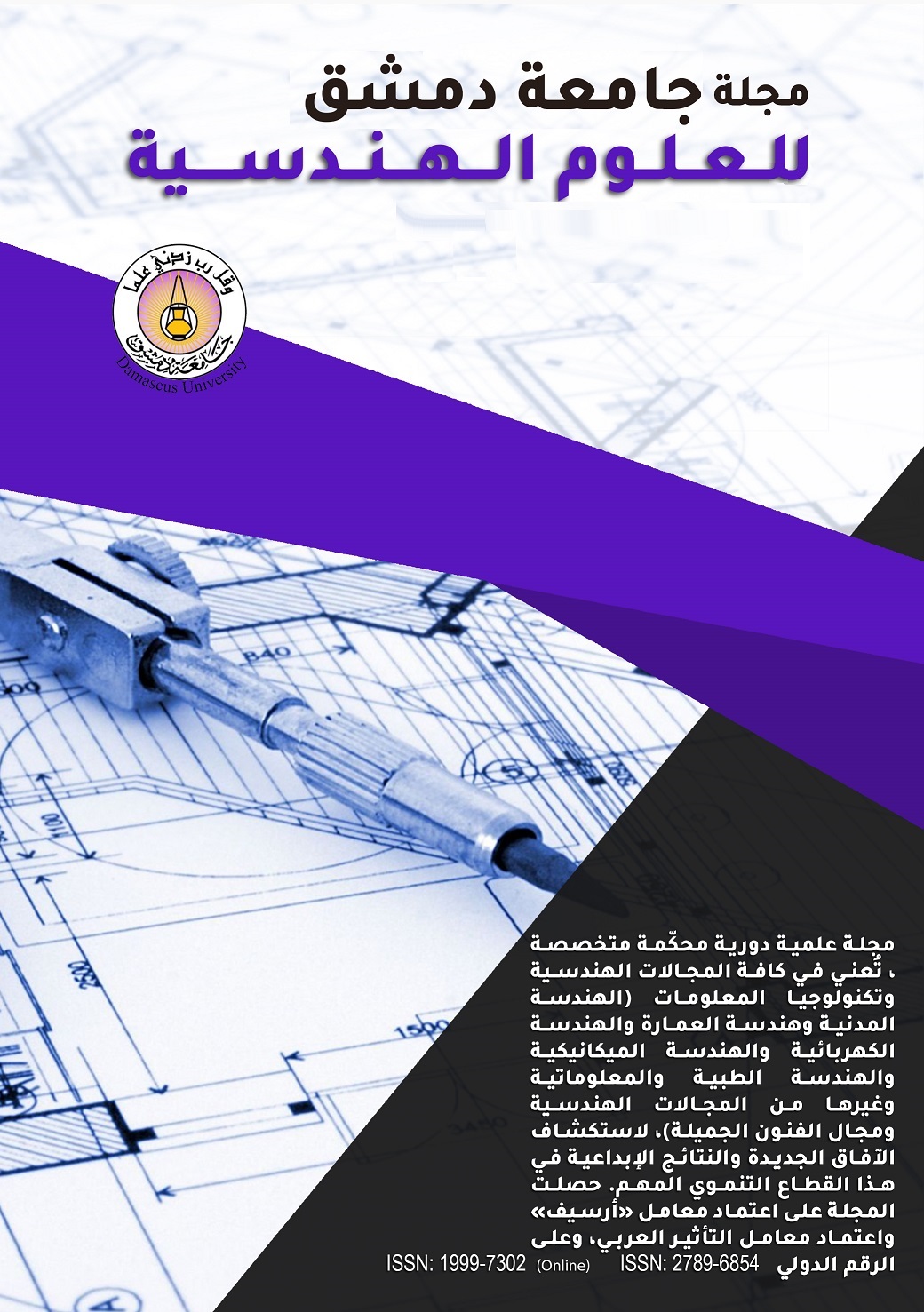Urban Design and Architecture of four World Exhibition Sites in Hannover, Zaragoza, Shanghai and Milano A Comparative Analysis
Abstract
World exhibitions have been taken place since 1851 and are meant not only as a fair where products are presented but are meant as an event for discussing new ideas, as a platform for cross-cultural exchange, and as a mean to reflect ongoing trends and prospects and common interests of world societies.
Since 2000 all world expos have mainly tackled issues related to environment and sustainability, topics with high global concern.
The spatial concepts of expos from 2000 until 2016 have considered these topics and translated them to their masterplans and as well to their architecture of single expo-pavillions. Trends within the global discourse on sustainability from 2000 until 2016 are refelected in the 4 selected expos, visited by the author and adds valuable insights to a desk study.
The paper discusses the urban concepts of the 4 selected expos related to their guiding topic and goes into detailed analysis of the architectural design by systematically evaluating selected country-pavillions, two in each of the 4 expo sites. The paper contributes to a professional discourse on how contemporary architecture and urban design may response to particular issues of sustainability and how these responses have developed through the last two decades.

